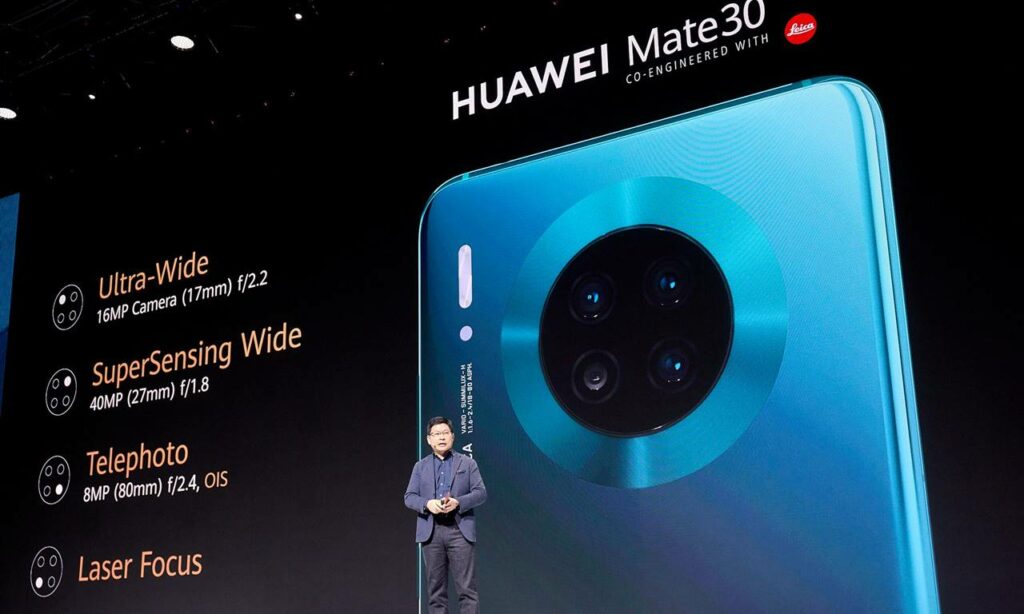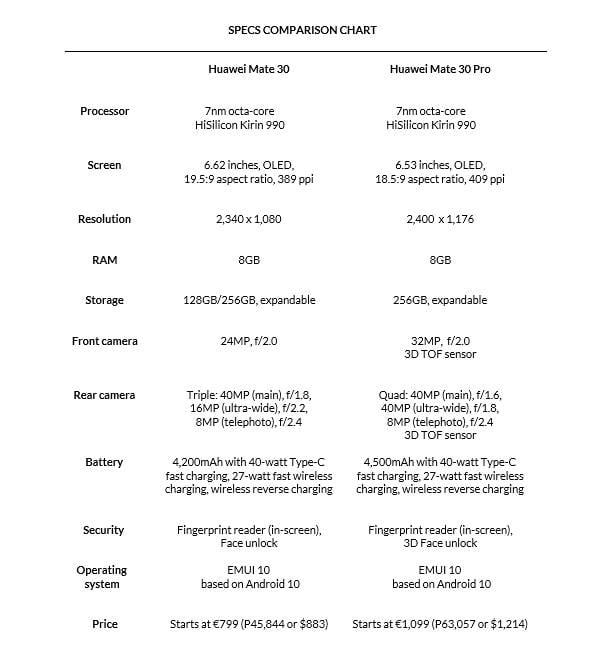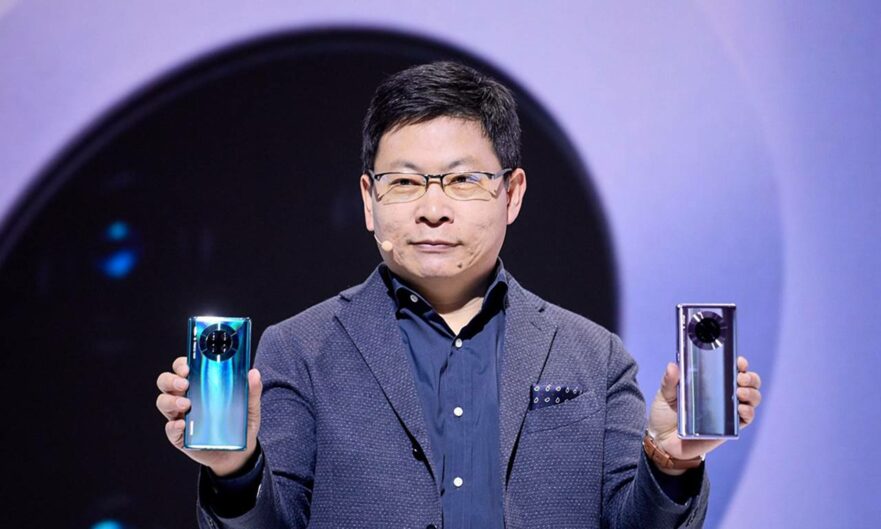At an event in Munich, Germany, which we at Revü Philippines attended, Huawei officially unveiled its new Mate 30 flagship smartphone alongside the Mate 30 Pro and Porsche Design Mate 30 RS.
(Update, October 29: The series has been launched in the Philippines! See Huawei Mate 30, Mate 30 Pro now official in PH. Update, October 22: We have a date! Read Huawei Mate 30, Mate 30 Pro PH launch date revealed. Update, October 18: Local pricing is out! Read How much the Huawei Mate 30, Mate 30 Pro will cost in the Philippines. Update October 4: Our review of the Pro model is up! Read Huawei Mate 30 Pro review: An ideal mate?)
Unlike previous iterations, the Huawei Mate 30 feels closer to its Pro sibling. It has a 6.62-inch OLED screen that’s actually bigger and taller than the Mate 30 Pro’s 6.53-inch display, and its about as sharp, too, with a 2,340 x 1,080 resolution. The panel also supports HDR10 as well as DCI-P3 color gamut for better and more extensive color range.
SEE ALSO: Huawei Mate 30 Pro launched as product of rethinking possibilities and Unboxing the Huawei Mate 30 Pro flagship phone
The screen is flat, instead of curved like on the Mate 30 Pro, but it retains the latter’s under-display fingerprint sensor. As you can see, it has a notch at the top for the 24-megapixel, f/2.0 selfie camera and Huawei’s 3D Face Unlock system.
The rear camera system includes three cameras with telephoto and ultra-wide-angle options. The main sensor is 40 megapixels, 1/1.7-inch in size, and has a RYYB (red, yellow, yellow, blue) color filter like the P30 series and f/1.8 aperture. Maxed out, it can reach up to 204,800 ISO, essentially allowing you to shoot in any lighting condition. For comparison, the industry average for max ISO is 6,400.

The telephoto camera is 8 megapixels and sports an 80mm-equivalent lens for up to 3x optical zoom and 5x hybrid zoom. Both the primary and telephoto cameras have optical image stabilization. Meanwhile, the Mate 30’s wide-angle shooter carries a 16-megapixel sensor and f/2.2 optics. Besides using it for landscape shots and group photos, you can use it for macro photography because it can focus on objects as close as 2.5cm from the camera.
Like the Mate 30 Pro, the Mate 30 will be backed by a Kirin 990 with 8GB RAM and 4G or 5G modems. The 5G model of the Mate 30 offers 256GB storage, while the regular version gets 128GB, although you can expand it with an NM card. Huawei’s latest flagship chipset comes with two high-performance A76 cores clocked at 2.86GHz, two A76 cores clocked at 2.36GHz, and four efficiency A55 cores clocked at 1.95GHz. Additionally, the Mali-G76 GPU in the Kirin 990 has 16 cores compared to the deca-core GPU in the Kirin 980.
The Mate 30 has a 4,200mAh battery backup that supports 40-watt fast charging over USB-C and wireless charging at 27 watts. Huawei is also bringing 10-watt reverse wireless charging to the handset, allowing you to charge up other Qi-compatible devices.
Huawei Mate 30 price and availability
The Huawei Mate 30 is already available in China, but it will go on sale globally in October for €799 (around $882 or P46,118 converted).
That’s the European pricing, which tends to be high, so expect the phone to be cheaper when it’s released in the Philippines.
The Mate 30 ships with an IP53-rated body in Black, Cosmic Purple, Emerald Green, and Space Silver colors.
Huawei Mate 30 vs Huawei Mate 30 Pro specs comparison
Here’s how the Huawei Mate 30 stacks up against the Pro version on paper.

Share this Post



